iPhone 16e has MagSafe - if you believe hard enough
We may earn a commission if you make a purchase from the links on this page.

Recently, a story from Macworld's David Price has been making the rounds, however it appears to us as a bit misleading. He claims the newly-announced iPhone 16e supports MagSafe, somewhat.
Price shows a curious effect happening with the iPhone 16e and claims it's because of a weak MagSafe support on Apple's mid-range phone. According to him, the iPhone 16e has magnets for MagSafe but they just aren't enough for the proper sticking effect.
Although we still aren't certain how the internals of the iPhone 16e are oriented or aligned, there could be a much simpler explanation than Apple just throwing a few magnets in there and stopping mid-way.
It is more likely we're talking about a natural process taking part, so let me explain. First off, the iPhone 16e supports wireless charging. In order for this tech to work, the iPhone should have wireless charging coils in its body.
Usually, those are made from copper (a non magnetic material) and ferrite. Curiously enough, ferrite is not magnetic, but it can get magnetized if you keep a magnet close to it.
We believe this could be the explanation of what Price has observed. The result of the ferrite metal being magnetized could lead to a very weak (and Price does notice the weakness of the connection, stating if you move the iPhone around for too much, it detaches) sticking effect, almost as if there are magnets inside. But most likely, there aren't any.
We were even able to reproduce the same "sticky" effect with the Galaxy S25 Ultra, and that phone, for sure, doesn't have Apple MagSafe magnets in it:
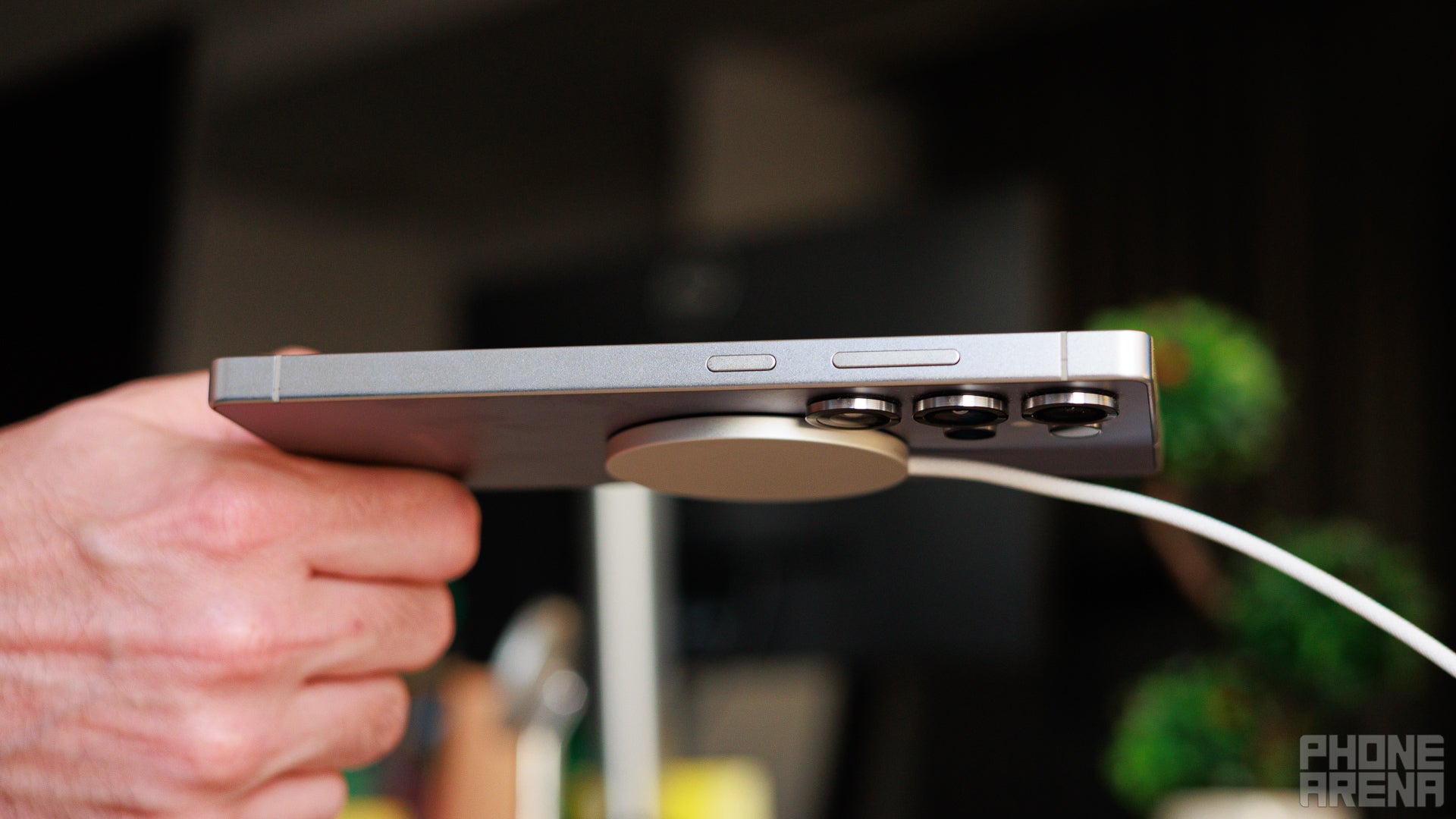
We have the same effect with the Galaxy S25 Ultra. Magnetism, folks. | Image Credit - PhoneArena
The iPhone 16e is charging with the MagSafe charger, but this isn't due to it supporting MagSafe, but instead, to the phone supporting the normal Qi wireless charging.
Apple reportedly decided not to include MagSafe with the new iPhone 16e because the target market doesn't use it.

MagSafe charger on the iPhone 16. | Image Credit - PhoneArena
MagSafe has been around since the iPhone 12, a feature dearly loved by me and many others, and unfortunately no, it's not on the iPhone 16e. MagSafe offers convenient wireless charging as your iPhone will just snap to the charger using magnets, so you won't have to be bothered by finding the perfect alignment for wireless charging.
And of course, there's the world of MagSafe accessories - from battery packs to car mounts, all can work perfectly fine with magnets.
Meanwhile, the iPhone 16e not having MagSafe may not be too bad for some people. Phones like the rival Galaxy A56 and Pixel 8a don't have it either, and lacking MagSafe doesn't mean your phone can't charge wirelessly. It seems, at least to me, that the iPhone 16e missing out on MagSafe may really not be too bad for Apple's target audience of iPhone 11 and SE users.
As for the rest, if you're used to MagSafe on your iPhone, there's no turning back (I mean, there is, but it will be painful), so, keep that in mind if you're eyeing an iPhone 16e but you're coming from an iPhone 12.



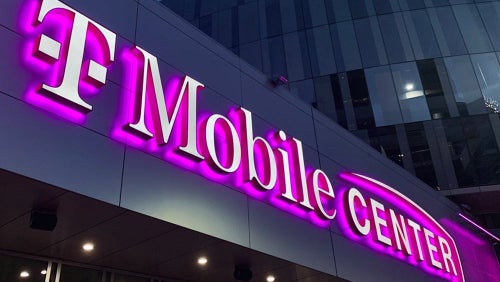

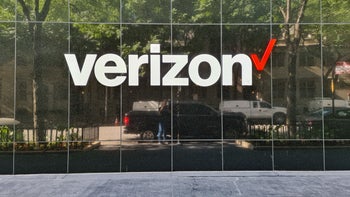
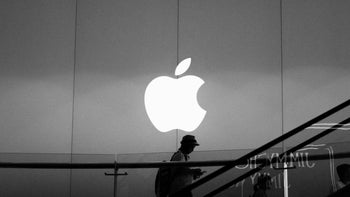
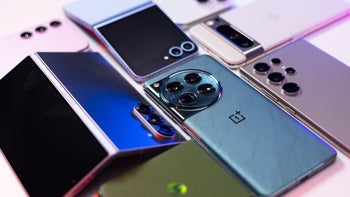
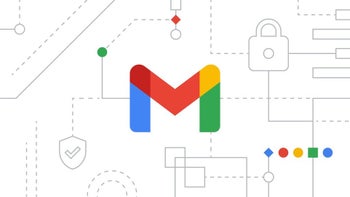

Things that are NOT allowed: